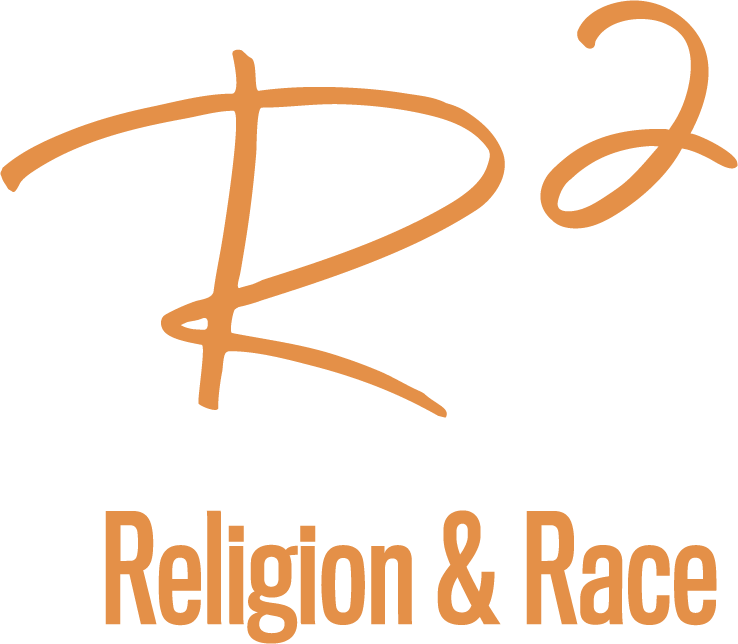What Is Tokenism?
As humanity’s understanding and discussion of the concepts of race, racism, and antiracism have evolved over generations, so have the words and phrases we use as we continue the work of obeying God and advancing racial justice.
In this “What Is?” series, the General Commission on Religion and Race offers this compilation of concise definitions, examples, and Biblical/theological foundations to create common vocabulary for Christians as we engage in anti-racism work.
Our hope, as you engage this series, is that the learning equips you to move into deeper waters in anti-racism work in your respective context.
Visit the series homepage for more information on other anti-racism resources.
Definition:
Tokenism is the perfunctory or obligatory inclusion of persons from marginalized or under-represented groups solely for the purpose of legal compliance, representation, appearances, statistics, or bragging rights.
The late Malcolm X once prophetically declared that “tokenism is hypocrisy.” This is because tokenism merely tolerates difference, diversity, and inclusion. Therefore, at best, tokenism is elementary, stagnant inclusion. At worst, it is an illusion, a false narrative, a lie about the commitment to and fulfillment of diversity, equality, equity, and justice.
Intentions do not nullify the outcome of tokenism. Sometimes tokenism is the result even when it is not the conscious intention of the persons or organizations unknowingly practicing or perpetuating it. Though we can choose to be compassionately understanding of this failure, we cannot ignore or dismiss the consequences.
Example(s) of Tokenism:
When our nation initially transitioned from segregation to integration after the 1954 ruling making racial segregation in public schools unconstitutional, most schools only admitted a minimal number of Black students. This minimalistic integration and diversity still exist today in a variety of contexts. (Legal Compliance)
Individuals, families, or organizations who, when in conversations with persons from marginalized groups, mention the one or two connections they have with marginalized persons to prove that they are not racist, homophobic, sexist, etc. A person from the traditional dominant race culture (white) might say something like: “one of my best friends is Black, I have Native American friends, or I voted for Obama, twice!” A person who identifies as heterosexual, might say, “I am not homophobic. My brother is gay.” (Bragging Rights)
Predominantly white institutions (PWIs) that have minimal numbers of persons representing difference and diversity, yet their websites or publications offer the perception of extensive diversity which is misleading to potentially new persons who hold diversity, inclusion, and equality as core values. (Representation or Appearances)
Movies and television shows, such as Hallmark Movies, that are predominantly white with the inclusion of one, maybe two persons from marginalized or oppressed groups in stereotypical ways that do not honor the person or the represented group. (Representation or Appearances)
Biblical/Spiritual/Theological Framing or References:
Based on the biblical sacred texts of Genesis 1: 26-27, Christ-centered persons believe that God is the creator of human life, and that God created all humans in the imago Dei, the divine image of God. Yet, tokenism and all supremacist-based theories, systems, structures, and practices negate this core biblical and theological principle. The practice and perpetuation of tokenism gaslights the hope of valuing the sacred worth of all people and the divine brilliance of mosaic diversity.
Reflection Questions:
How many persons representing difference and diversity are in your schools, workplaces, churches, leadership teams, etc.?
If persons representing difference and diversity are in your contexts, what roles and responsibilities do they have?
Do you notice when difference and diversity are not present? Do you notice when difference and diversity are present in stereotypical ways? If you notice, what do you do about it?
Additional Resources:
Reverse Discrimination? It doesn't exist...but 'tokenism' does. (From Antoinette Lattouf | TEDxSydney)
Sorry Not Sorry, Tokenism and White Liberal Proverbs (From Jacob V Joyce | TEDxUCLWomen)
What Is Tokenism, and Why Does It Matter in the Workplace? (From Vanderbilt University)
Diversity Beyond Tokenism: Why Being Politically Correct Doesn’t Help Anyone (Book by Swati Jena & T.N. Harti)
Why We Can't Wait (Book by Dr. Martin Luther King, Jr.)

